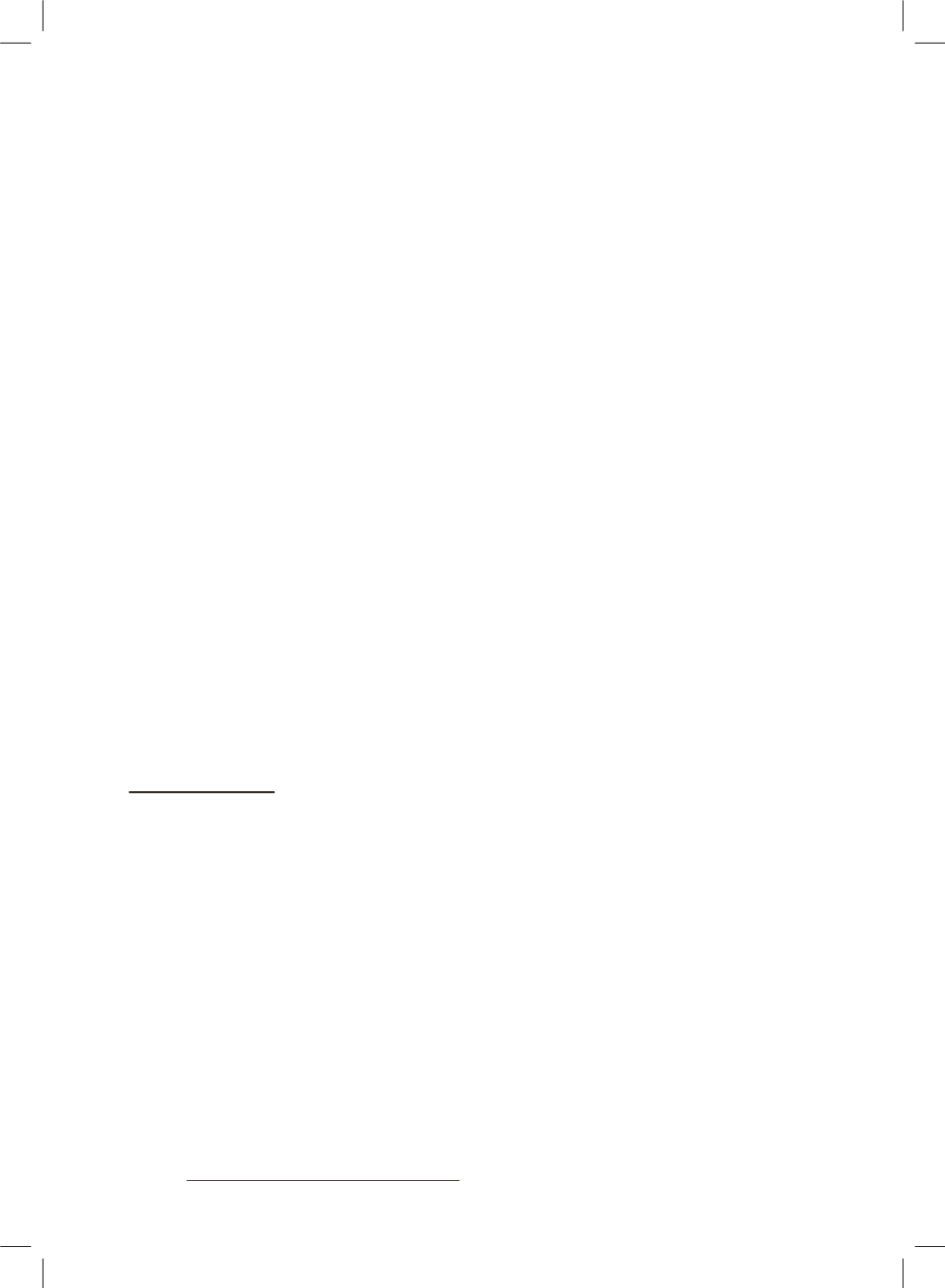

R. EMERJ, Rio de Janeiro, v. 20, n. 77, p. 78 - 100, Janeiro. 2017
84
máquina de escrever furtada. Ou mesmo para
William Bur-
roughs
, se ele tivesse escrito
Nacked Lunch
enquanto estives-
se sob a influencia do uso de substâncias ilegais”.
Em seguida, algumas breves considerações publicadas no
Stre-
et Art & Law
11
,
sob o título: "
RIME vs. Moschino: does ilegal street art
have copyright protection?
’":
“1.) A lei de direitos autorais dá proteção às obras originais fi-
xadas em meio tangível de expressão (e a obra feita num mural,
ainda que efêmera, encontra amparo nos requisitos da lei;
2.) A natureza ilícita da realização da obra não a desnatura para
efeitos de proteção autoral;
3.) Se a natureza ilícita do processo de criação afetasse sua pro-
teção autoral, uma arte feita com spray roubado não deveria
ser protegida;
4.) (...) marcas têm características de bens privados enquanto o
copyright tem natureza de bem púbico; ao contrário do copyri-
ght, a legislação marcária não se relaciona com a disseminação
de conhecimento e não enriquece o domínio público, marcas
relacionam-se ao mercado de bens, enquanto o copyright refere-
se ao mercado das ideias. The First Amendament protege a
liberdade de expressão;
11 Tradução livre do
Street Art & Law.
1. “Copyright law grants copyright protection to original works of authorship fixed in any tangible medium of expression
(and the artwork on a mural even if ephemeral meets copyright’s fixation requirement).
2. Nature of a work (the illicit content of the work, but a fortiori the illicit process to realize the work) does not affect the
rights or defenses that the Copyright Act provides.
3. If the illicit process of creation should affect the copyrightably of the work also an artwork realized with stolen spray cans
or a painting of a landscape created by an artist trespassing someone else’s property would not be protected.
4. Unlike Copyright Act, Lanham Act prohibits registration of any trademark that “consists of or comprises immoral,
deceptive, or scandalous matter; or matter which may disparage or falsely suggest a connection with persons, living or dead,
institutions, beliefs, or national symbols, or bring them into contempt”. The reasons for denying the trademark registration
in this context, is the potential risk that the government would be viewed as approving of such a scandalous mark (Timothy
R. Holbrook,
The Expressive Impact of Patents
, 84 WASH. U. L. REV. 573); trademarks have characteristics of private
goods, whereas copyright has characteristics of public goods; unlike copyright, trademark law is not concerned with the dis-
semination of knowledge and does not enrich the public domain; trademarks are concerned with the marketplace of goods
while copyright mainly concerns with the marketplace of ideas.The First Amendment protect the right to freedom to speech.
5. The unclean hands defense should not be applicable when there is not a strong nexus between the illegal conduct and the
copyrights, and if the Defendant (the infringer) is not directly harmed by the illegal conduct (the only one directly eventually
affected by illegal graffiti is the property owner and not the third party infringer).
6. Copyright law distinguishes between the work and the physical support that embodies it. Consequently while the illicit con-
duct of the street artist is punished with civil sanctions and criminal penalties (the unlawful process on the physical support),
copyright should be neutral towards works even if created by illegal means”.










